Once the historic capital city of Vietnam, Hue remains one of the country’s most interesting cities to visit. A fraction of the size of cities like Hanoi and Ho Chi Minh City, Hue isn’t as hectic, but still has plenty to offer visitors. This city is an essential stop on any Vietnam itinerary because of its centuries worth of cultural and historical significance.
Though it’s an important destination in Vietnam, you don’t need a long time to see the sights. The best things to do in Hue tend to revolve around the city’s imperial history, with countless temples and tombs to explore and experience. With our Hue itinerary you’ll know exactly what to do in Hue in 1 day to make the most of your time. Afterwards, you’ll feel like you’ve really seen Hue and be ready to move on to your next great destination in Vietnam.
Recommendation: Hue can also be visited on a day trip from Hoi An, so if you are short on time and are not heading further north, consider booking a guided tour instead of DIYing it. With a guided day tour you will get to see all of the best attractions in Hue without having to worry about transportation or finding accommodation for the night. You can book a guided tour to Hue from Hoi An or Da Nang here.
Best Time to Visit Hue
Weather may be the biggest factor when working out the best time to visit Hue, as Vietnam is a tropical country which experiences a rainy season. Rather than worrying about crowds of tourists, you really want to keep the weather in mind when planning your trip.
Thanks to its climate, Hue is known for being cooler and wetter than many other places in Vietnam. Winter months like February and March can often have quite cool weather, while December and January are considerably wetter. Neither of those forecasts are really ideal for being outdoors sightseeing. For the warmest and driest weather, you’ll want to visit between April and August, although it can get quite hot in summer much like elsewhere in Vietnam.
The worst time to visit is between September and November. At this time of year Hue and the rest of Central Vietnam experiences their heaviest rainfall and occasional typhoons. That kind of weather has the potential to ruin any hopes you have of sightseeing.
How to Get Around Hue
When visiting Hue you’re going to need to move around a bit to get yourself to the city’s different attractions. While you won’t have too much problem walking about the sights within the old Imperial City, the rest of Hue is a different story. After all, walking for hours in heat, humidity, rain, or all three is not much fun.
To reach attractions around Hue that are beyond walking distance, you have a few options open to you. One is to simply rent a bicycle and cycle to the temples and tombs you want to see. But keep in mind that Hue has some hills along with plenty of traffic and that humid climate, so cycling is not for the faint-hearted.
A less strenuous alternative is to hire a motorbike or taxi. If you hire a driver for the day, be sure to agree on prices clearly up front, on one off taxi trips you should insist on the meter being on.
For the tombs in particular, many people decide to hop aboard a half-day tour, as it really simplifies getting between each of them.
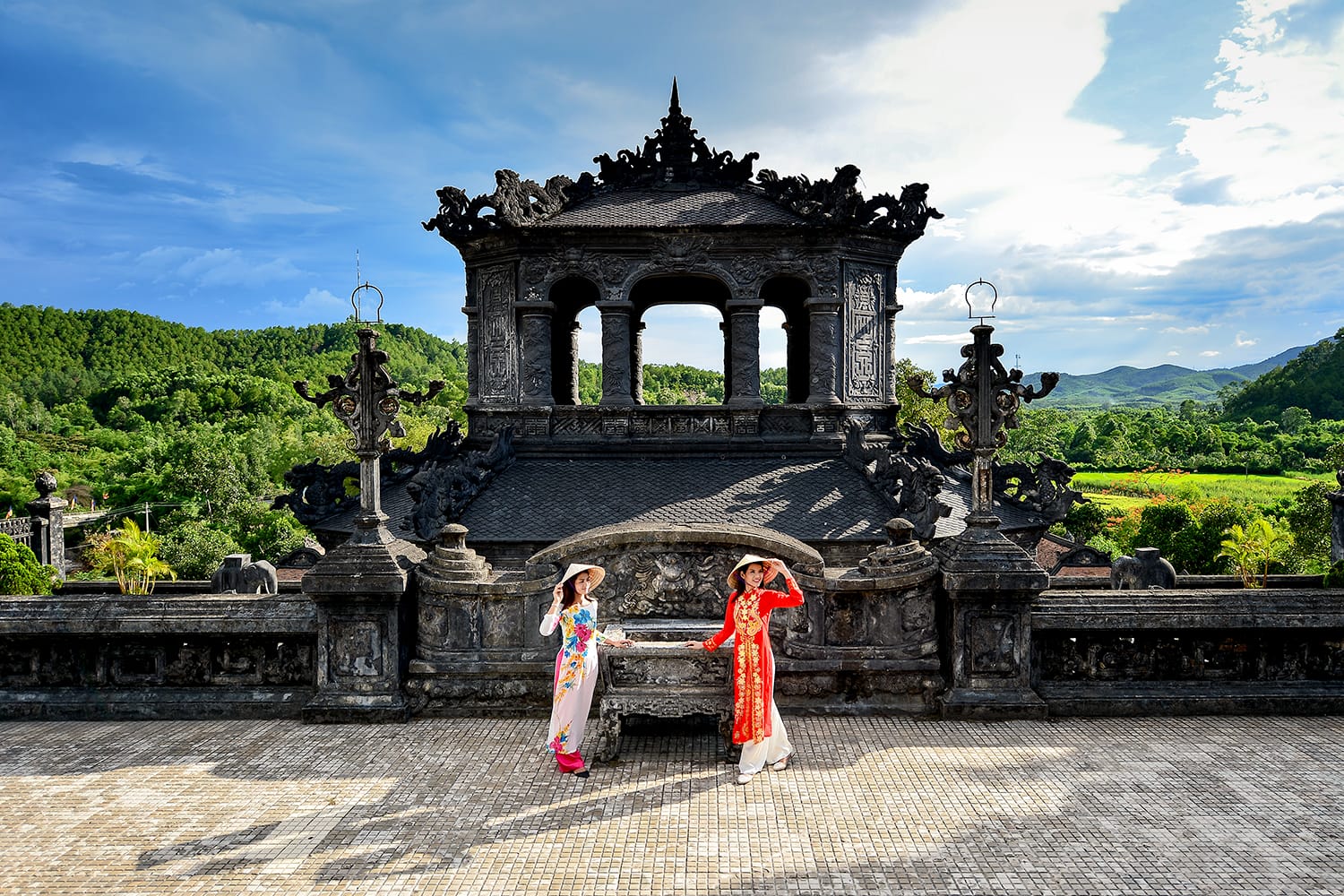
Where to Stay in Hue
Figuring out accommodation is often the first thing travelers do when they decide to go somewhere, but that means understanding the layout of the destination. Thankfully, understanding where to stay in Hue couldn’t be easier as the layout of the city is quite straightforward.
Most visitors will find themselves staying in the city center opposite the Hue Citadel. Therefore, the best places to stay in Hue are ones that not only put you close to the river but are going to make you feel comfortable and ready to explore.
For a pampered stay in Hue, look no further than the Vinpearl Hotel Hue. This five-star hotel boasts superb city views from its spacious rooms, plus has an indoor pool and rooftop bar.
A great mid-range option for Hue is the Beaulieu Boutique Hotel, it has a fantastic location and helpful staff. With a good free breakfast, staying here is super comfortable and good value for money.
Another approach you might want to consider is Airbnb, as it too has affordable places to stay on offer. Plus, if you use our link, you can get up to $40 off your next Airbnb booking.
Finding affordable accommodation in Hue won’t be a problem, but one of the best hostels in Hue is Baloo Hostel. The clean dorms and rooms have a cozy feel to them, and the staff do their utmost to make you feel welcome.
For more accommodation options in Hue check out Booking.com. They continuously offer the best rates and their custom service is on point.
The Perfect 1-Day Hue Itinerary
You may only need 1 day in Hue to see the main sights, but that doesn’t mean there isn’t more to experience. After you’ve been around the city to all the best places to visit in Hue, there’s more to find in its lesser-known corners and beyond. Yes, from Hue it’s possible to explore all the other exciting destinations that call this part of Vietnam home. But to start, there are the many different parts of the Imperial Citadel and Imperial Tombs.
However, before we get to our Hue itinerary, we just wanted to remind you to purchase travel insurance. You never know what will happen and, trust us, you do not want to get stuck with thousands of dollars in medical bills. As a wise man once said, “If you can’t afford travel insurance, you can’t afford to travel.” So don’t leave home without it.
SafetyWing offers travel insurance for only about $10 a week, making it a no-brainer to get. You can get a quick, non-binding quote below:

SafetyWing is, of course, not the only option available. Two other popular alternatives are World Nomads and Heymondo.
With that crucial bit of travel advice taken care of, let’s move along to our Hue travel itinerary which will show you how to see the best of Hue in one day.
Recommendation: If you want to learn more about the history of the former imperial capital of Vietnam, consider booking a tour. This guided tour comes highly recommended and visits pretty much all the spots mentioned on this itinerary.
Imperial City
There’s no other way to start a visit to Hue than with its most important landmark, the Đại Nội Citadel. Dwarfing the modern city of Hue, this vast citadel was from where the emperors of the Nguyen Dynasty ruled from 1802 to 1945. As the capital of the Vietnamese Empire, you can imagine there are some pretty major landmarks to be found behind the walls of the Imperial City.
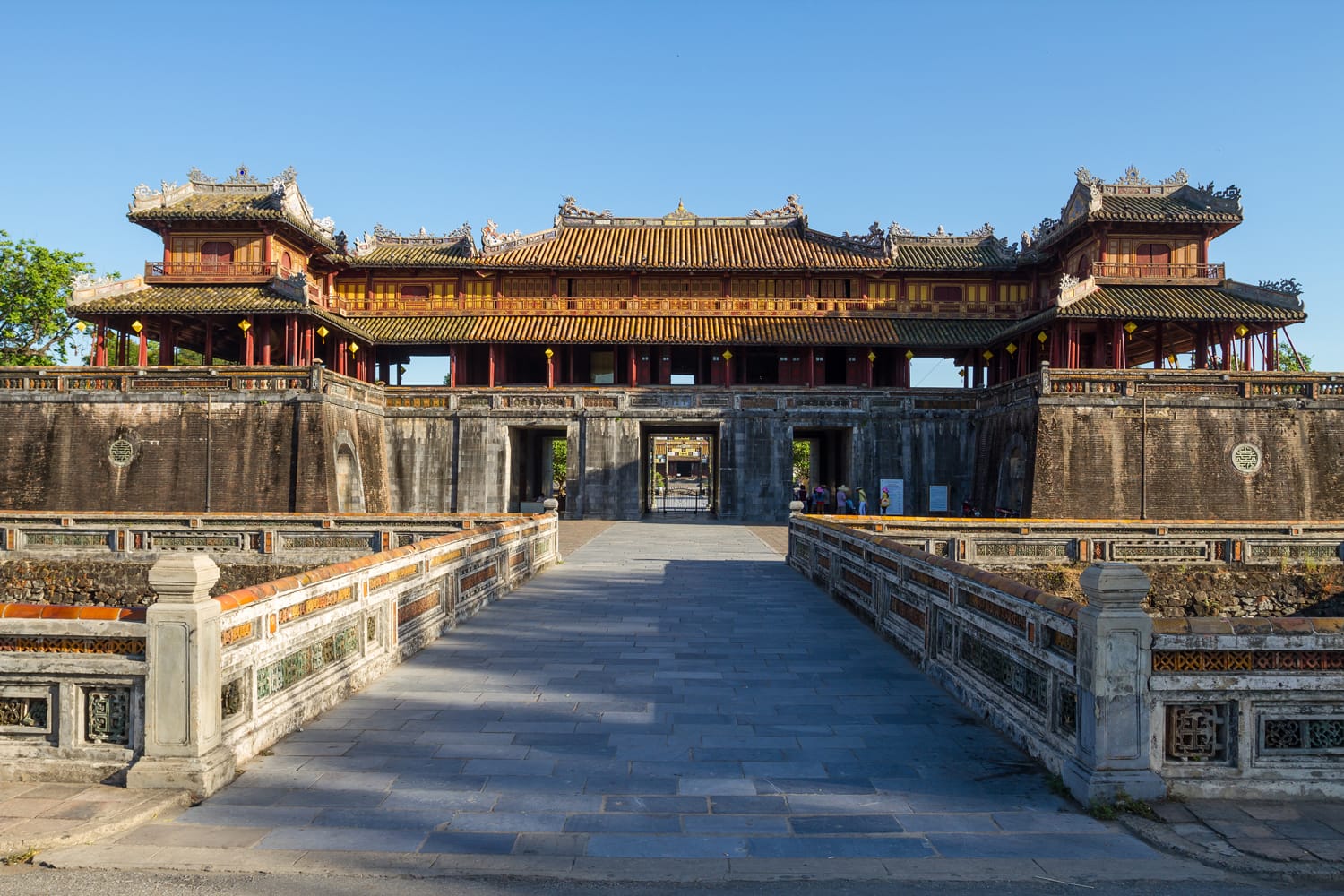
Before you get to any of the sights within the Imperial City, the first thing you come across is the incredible citadel fortifications that protected it. After passing several protective moats, you’ll walk past the high-flying Vietnamese flag and enter the mighty Meridian Gate. While it’s only the main gate to the citadel, the gate and its upper pavilion set the tone for this UNESCO world heritage site. Further in, structures like the Cung Diên Thọ Palace and Hien Nhon Gate help impress the beauty and importance of this spot.
Sadly, the conflicts of the 20th century in Vietnam did their fare share of damage to the city and some landmarks are no more, while others bear obvious scars from the wars. Very little of places like the Forbidden Purple City are left to be seen today. Being such a big site, we’ve broken down the main attractions separately below.
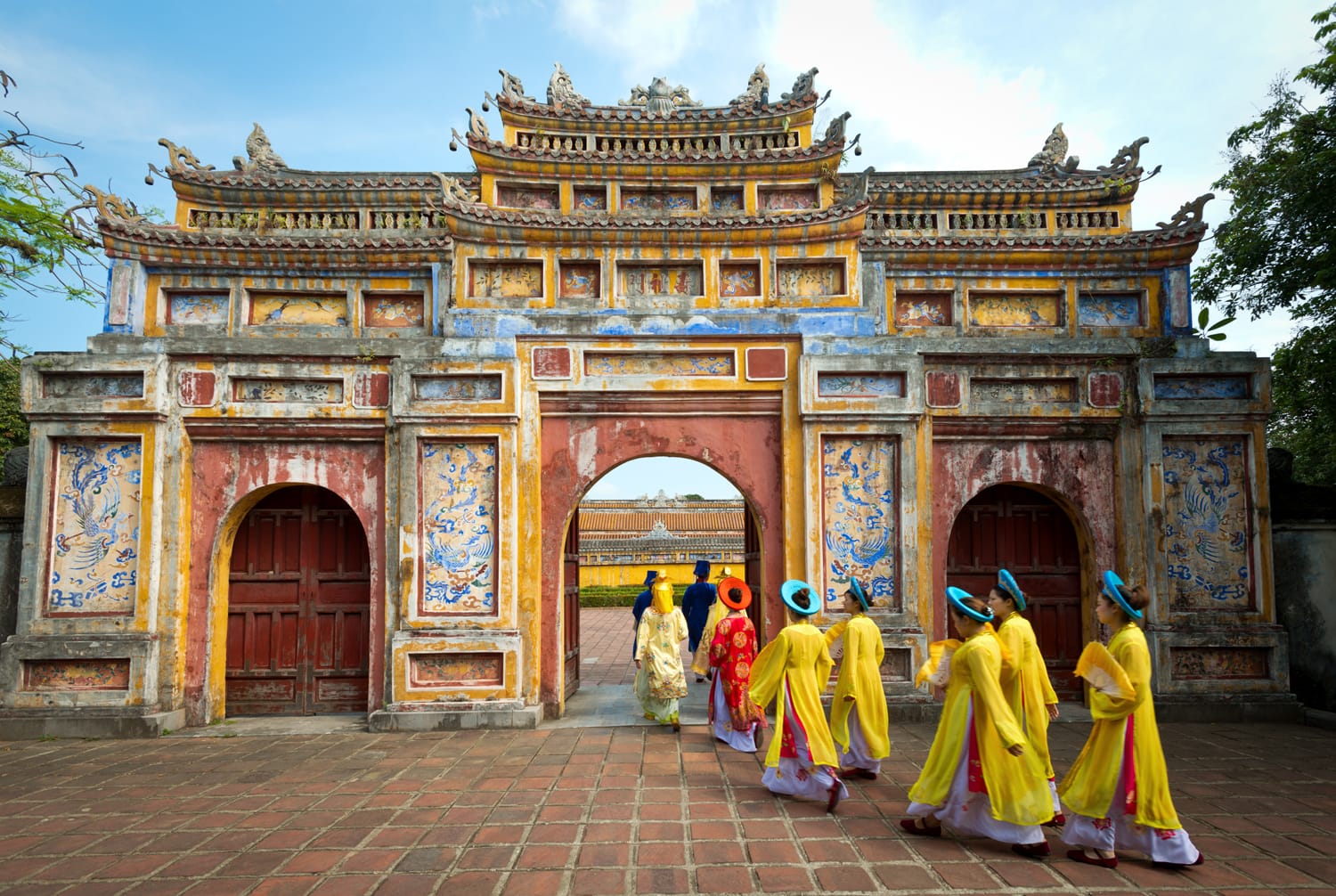
To Mieu Temple Complex
One of the most monumental attractions in the citadel is the complex around the To Mieu temple which has beautiful gates and quiet courtyards around it. The temple itself is dedicated to ten emperors of the Nguyen Dynasty, with the rooms inside displaying their portraits and assorted personal items. There are also nine dynastic urns, meant to represent the power of the first nine emperors, which run to the nearby three-tiered Hien Lam Pavilion.
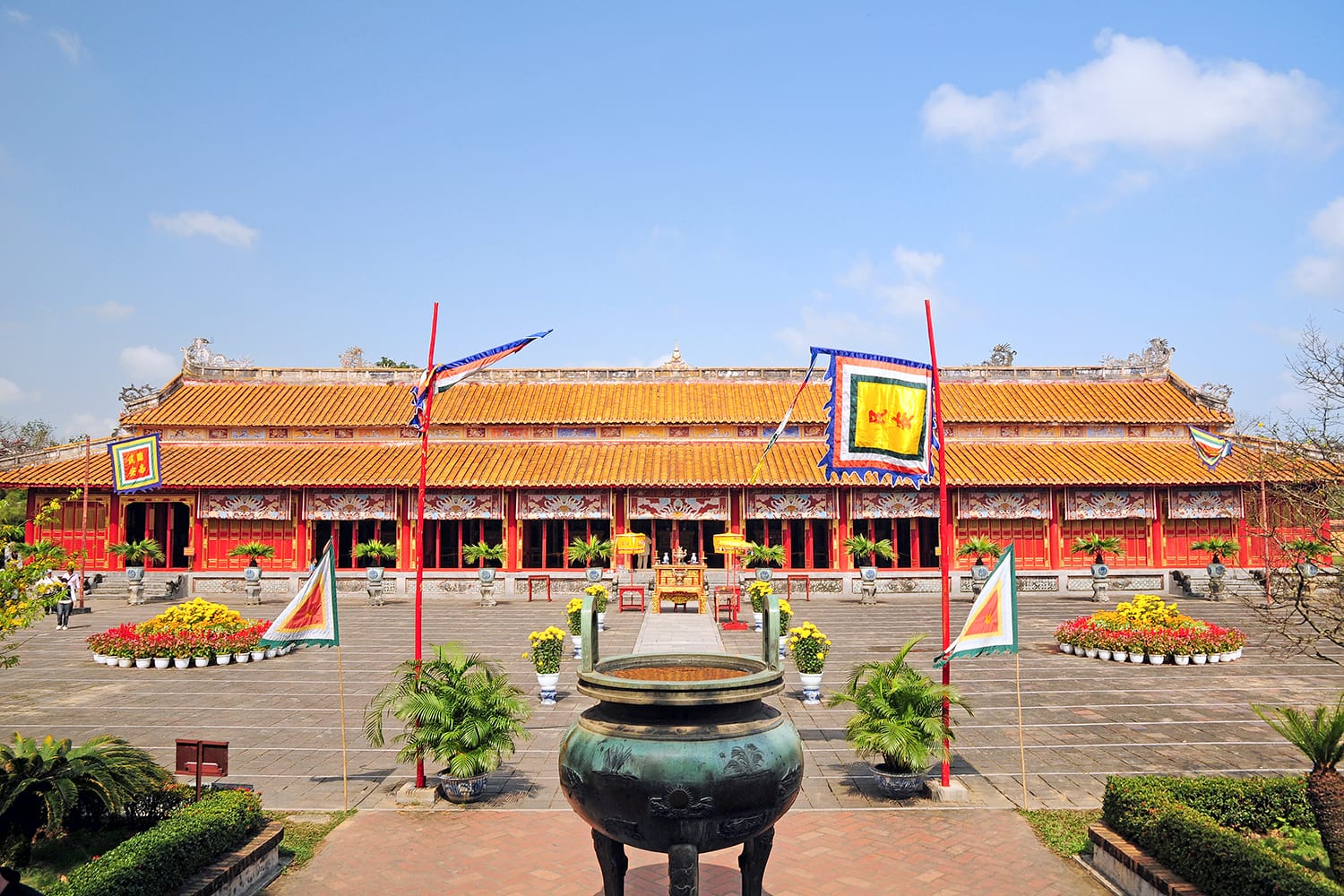
Hue Royal Museum of Antiquities
The citadel is also home to a museum that covers Vietnam’s imperial past and the art of that era. Called the Hue Royal Museum of Antiquities, its other name which is the Huế Museum of Royal Fine Arts may be more appropriate as it mostly focuses on artifacts from the 19th century onwards. Still, this free museum features exhibits on the city’s imperial history during the Nguyen dynasty, while also displaying art of the Champa people.
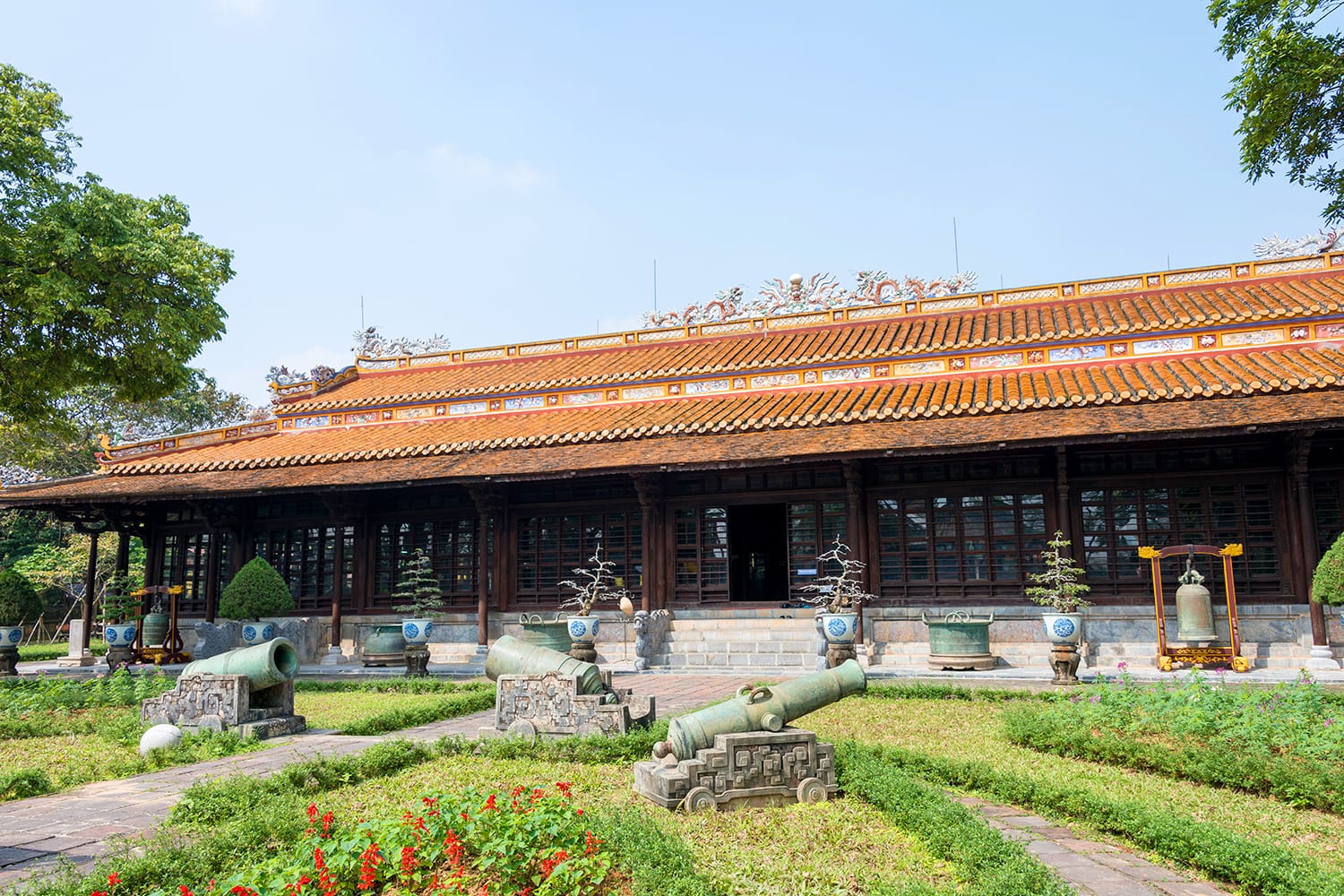
Thien Mu Pagoda
Moving away from the Imperial City and along the bank of the Perfume River, we reach the ever-popular Thien Mu Pagoda. Best known for its seven story pagoda, the Pagoda of the Celestial Lady as it translates, is a historic Buddhist temple. Climbing the stairs that lead up from the river, you’re treated to nice views of the river and the city from the pagoda gardens. As should be expected, there are plenty of images and statues of Buddha here, but also a large and centuries-old stone turtle with a carved tablet on it. Despite the importance of the imperial citadel, it is this pagoda that people see as the symbol of Hue.
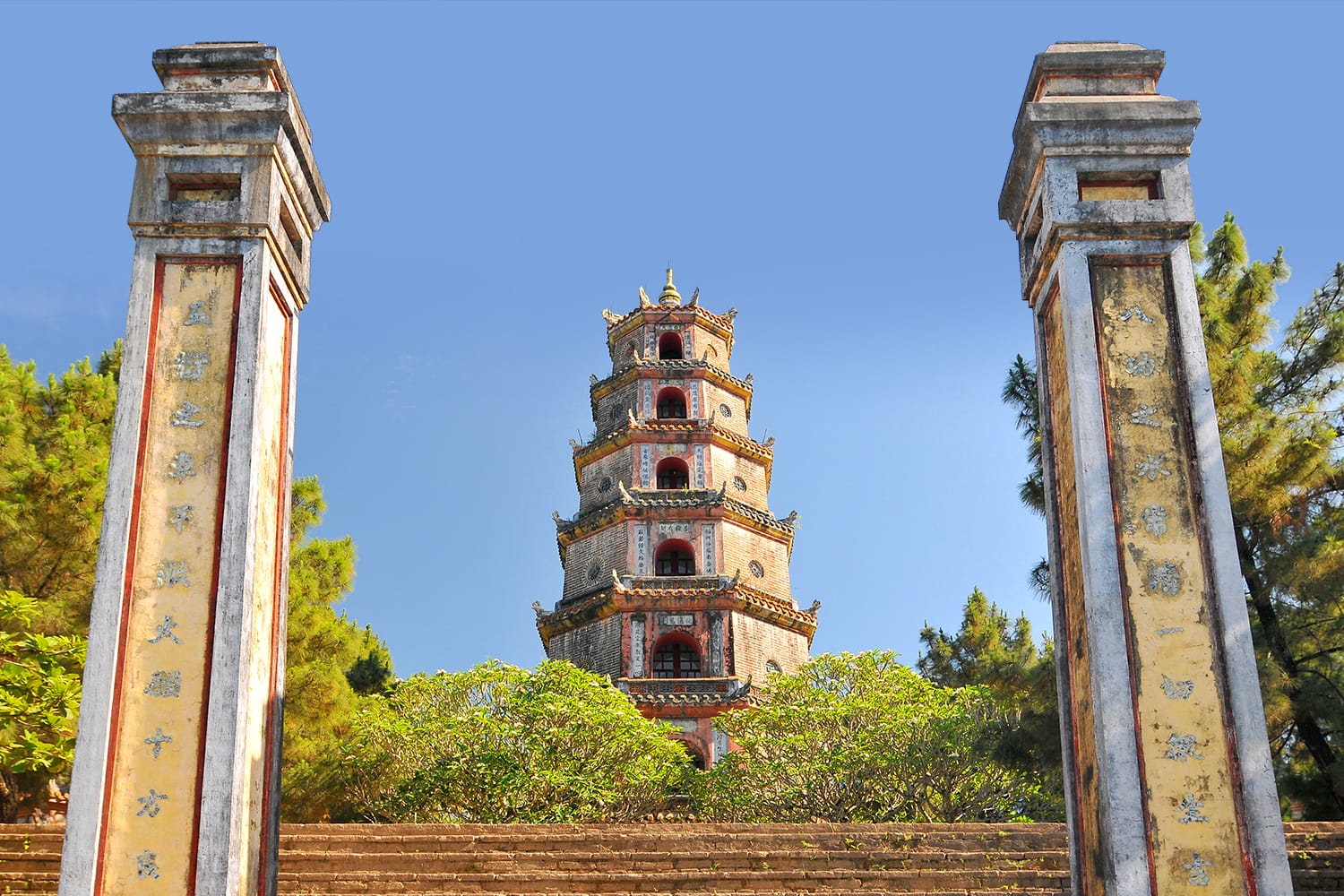
Royal Tomb of Khai Dinh
The city of Hue is also surrounded by quite a number of imperial tombs, where emperors from the Nguyen Dynasty have been buried. Among the many tombs to past emperors, three are the most commonly visited, with the Tomb of Khải Định perhaps the most popular. This mausoleum to the twelfth Emperor of the Nguyễn dynasty was completed in 1931 and is lauded for its mix of Western and Eastern architectural styles.
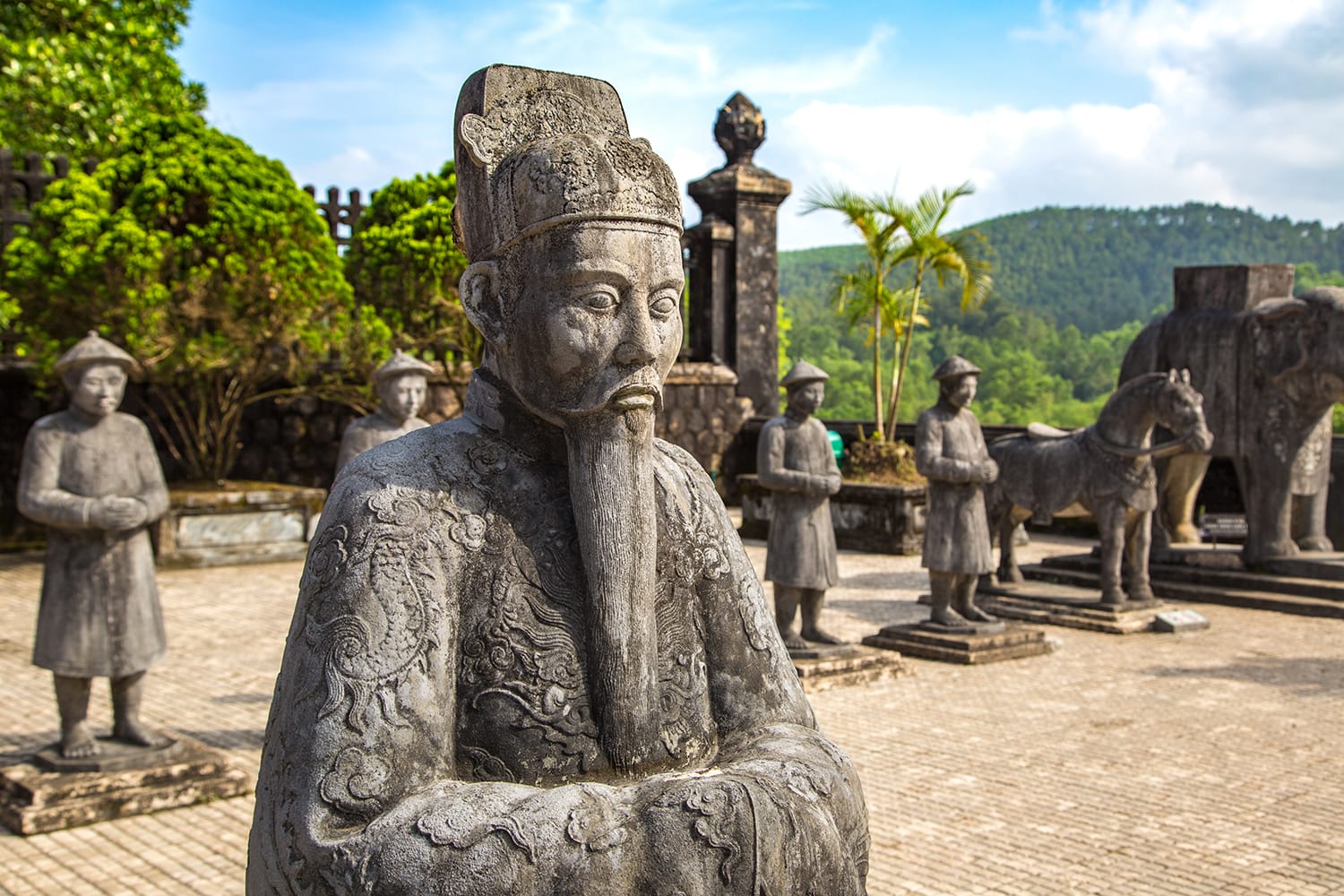
With multiple terraces, you must climb up staircases to see the tomb, going past dragon sculptures and intimidating stone statues that stand guard. The trip is worth it though when you see the costly and luxurious design of the tomb’s interior. With elaborate glass and porcelain decorations all over, this kind of over the top design is hard to put into words.
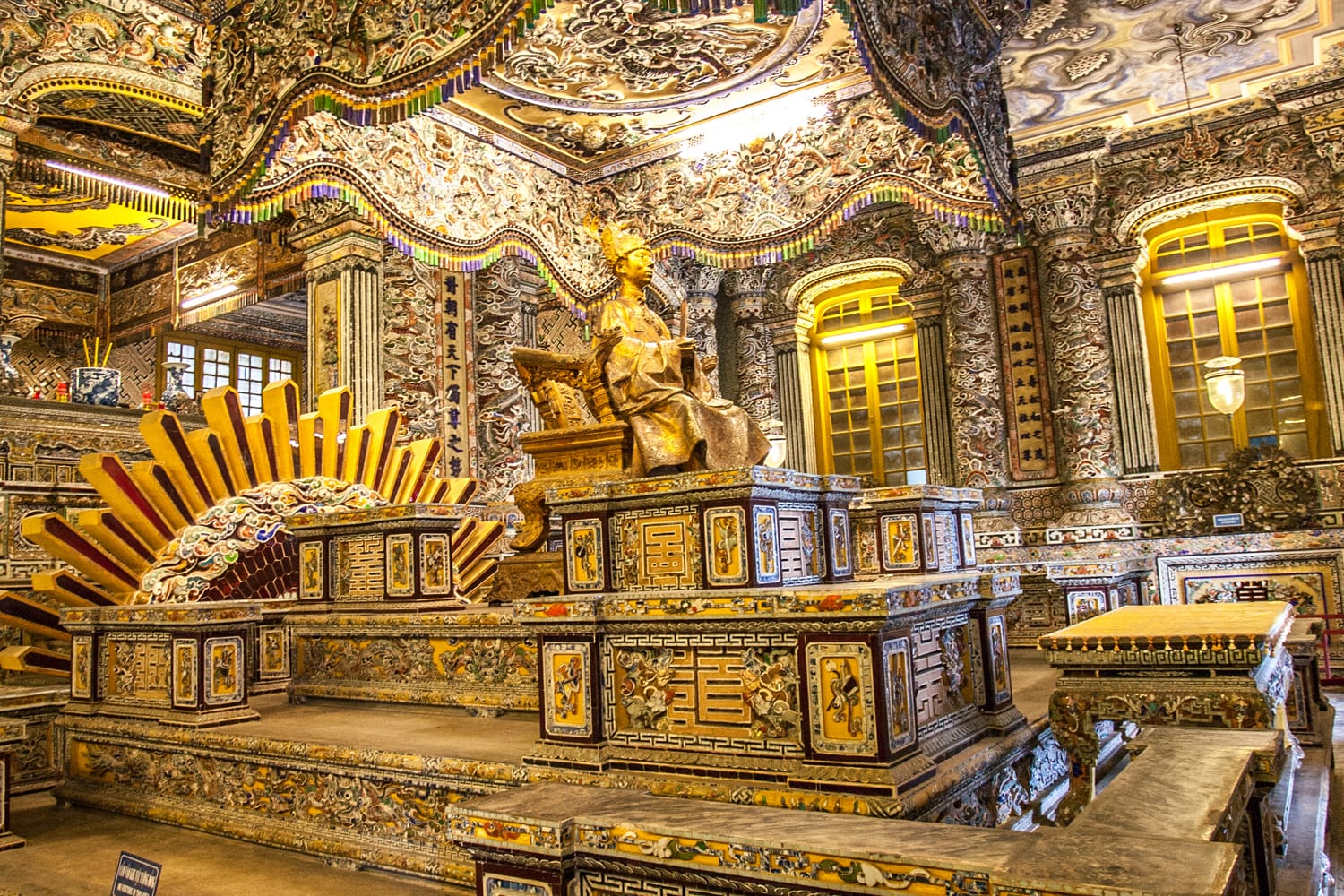
Tomb of Minh Mang
The largest and farthest of the three is the immense walled tomb for Emperor Minh Mang. Not only are there courtyards, temples, and pavilions, but also lakes and woodland which give the place a very natural and soothing atmosphere. Despite its large scale, there is plenty of detail to be admired in the gardens and temples which make up this tomb. Interestingly, it only took three years to build the mausoleum, even with all the buildings, bridges, and gardens.
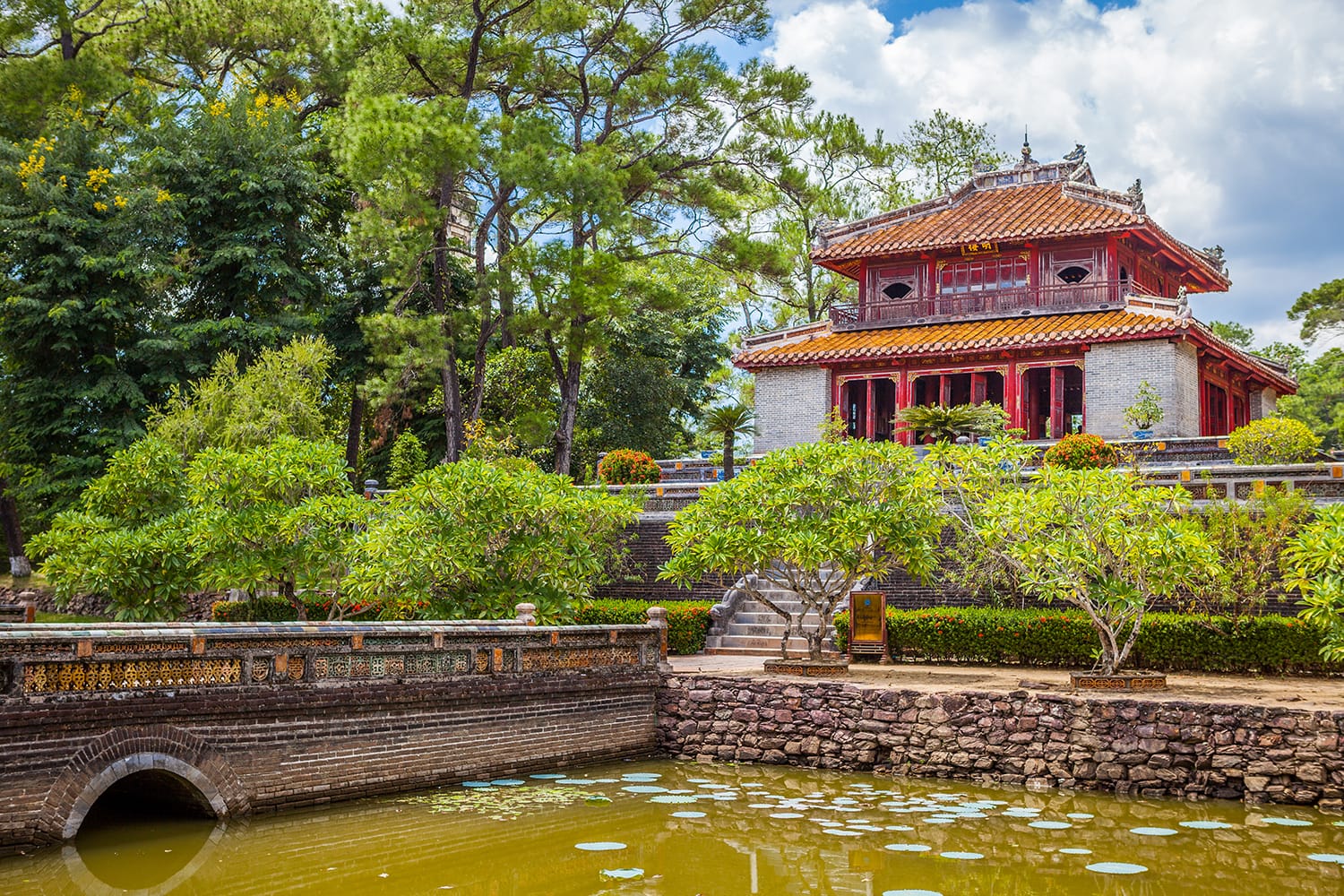
Tomb of Tu Duc
The last of the three big tombs is the final resting place of Emperor Tự Đức, finished in 1867. Before he was buried here, the emperor would often frequent the complex and work from there instead of the imperial citadel. Visiting the Tomb of Tự Đức, you do get to learn more about the man, particularly the 100+ wives and courtesans that he had. In fact, there are temples in the complex dedicated to some of them. In some ways this is the most modest of the three mausoleums, but quite intriguing nevertheless.
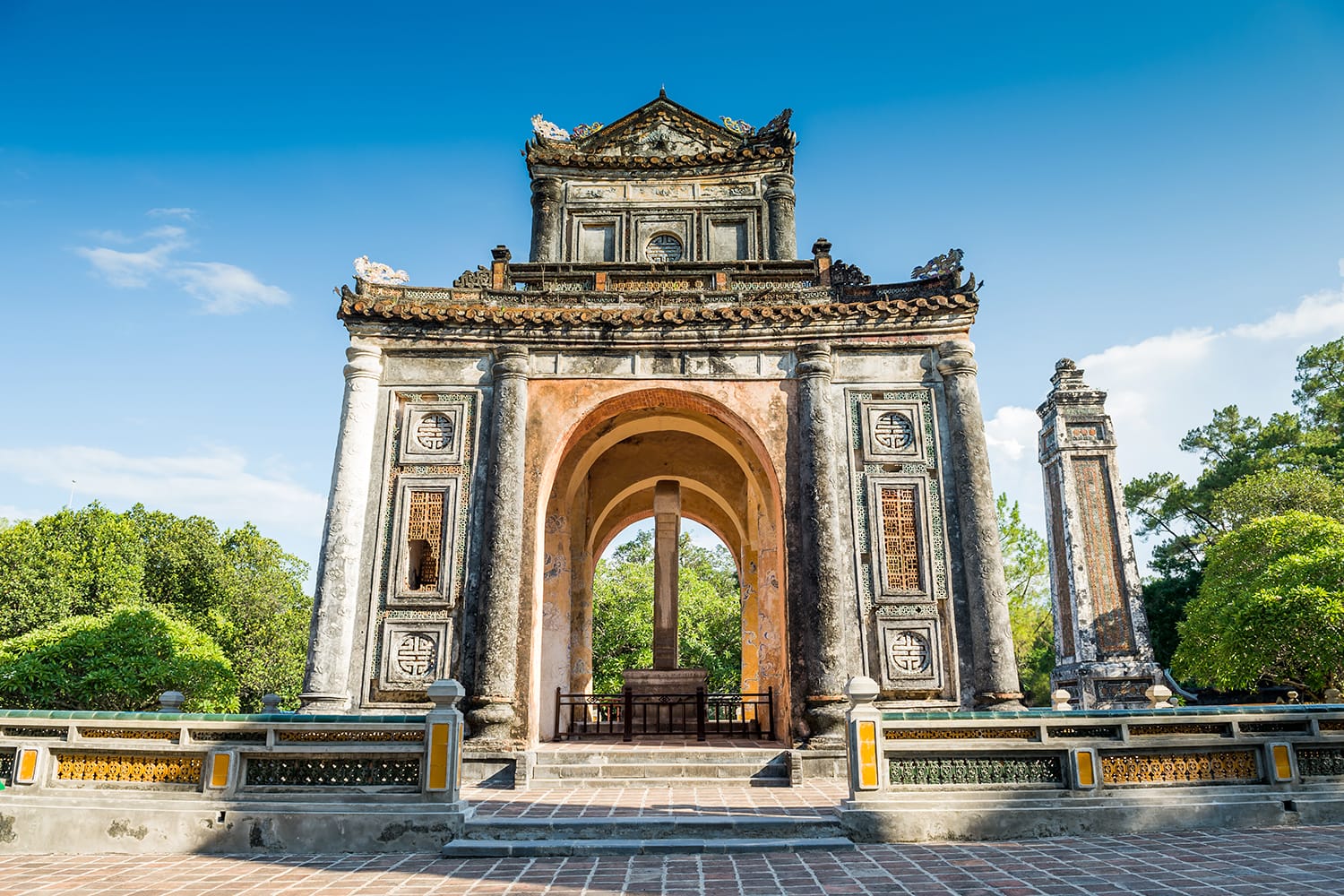
Have More than 24 Hours in Hue?
Just because you can visit each of the main attractions in Hue in a single day, doesn’t mean you can’t stay longer. Some of Hue’s smaller, lesser-known attractions won’t fit in your first day’s itinerary, plus you have Vietnam’s central coast on your doorstep. Basically, you won’t have any problems finding things to do if you stick around. To help with that, here are a few ideas if you have more than 24 hours in Hue.
1. Other Temples of Hue
Even though we’ve covered a couple of the better known temples in Hue, there are many more to be explored. Often, the temples that lie further from the city center are the ones that receive fewer visitors, so these temples can be a nice break from all the tourists.
The two main temples that we’ve yet to mention are the Tu Hieu Pagoda and Huyen Tran Princess Temple. The Tu Hieu Pagoda has been an active temple since 1843 with monks still residing there to this day. Overlooking the Perfume river, you’re able to enjoy not only the pagoda here but the surrounding scenery of the area.
Then there’s the Huyen Tran Princess Temple, a delightfully scenic temple complex. Home to a monastery, multiple shrines and orchards, there’s plenty to see here. But of course, the main attraction is the vibrant temple to Huyen Tran which rests at the top of a long staircase, lined on either side by dragons.
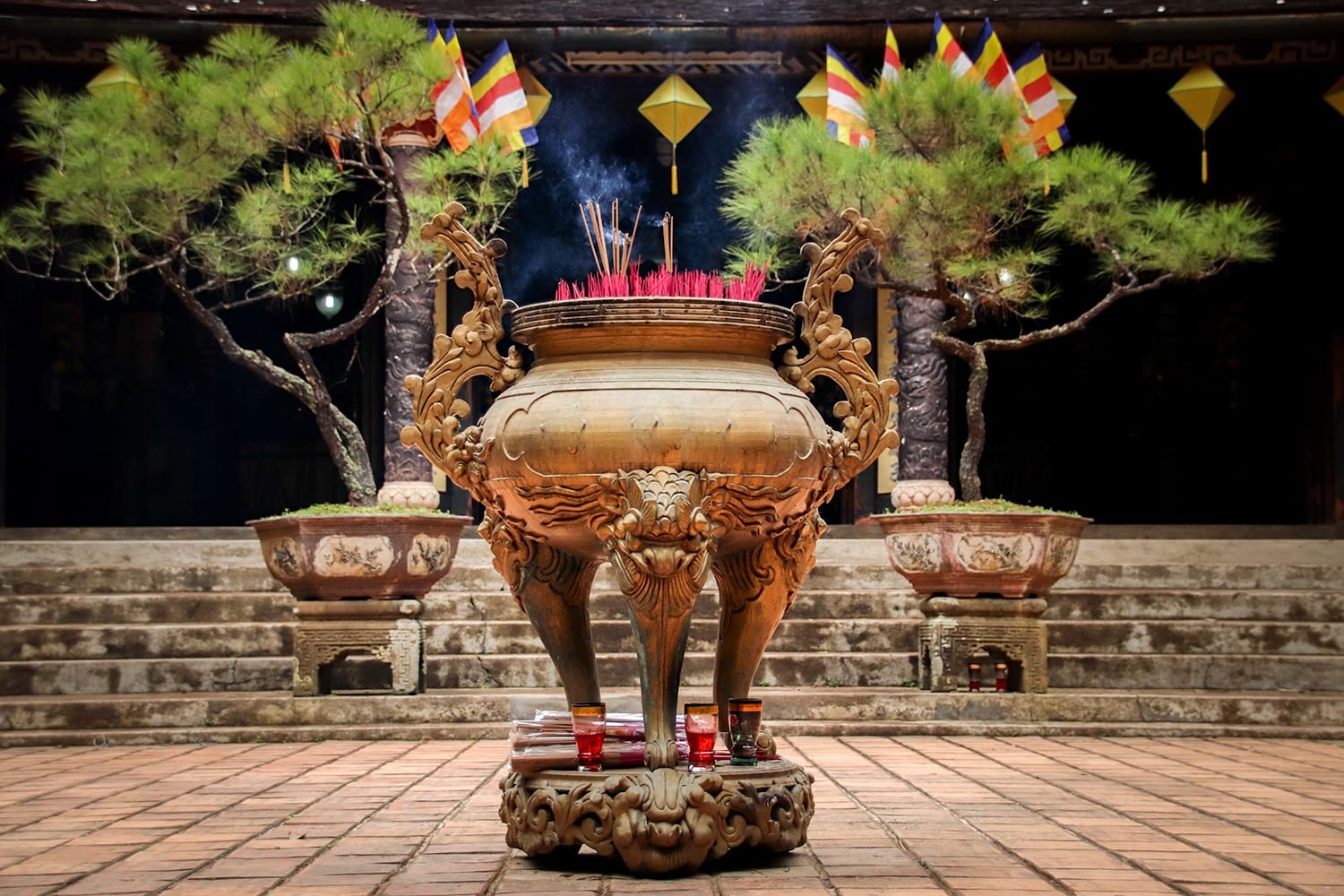
2. Bach Ma National Park
Alternatively, you can use your extra time to make a day trip to the nearby Bạch Mã National Park. Located to the south east along the coast, this protected area within the Annamite Mountains is home to some gorgeous natural scenery.
Back in colonial times, the French fancied this region quite a bit. Not only did they build a colonial hill station in Bach Ma, but also countless French villas which are now abandoned and in ruins. With its cooler climate, the park is now quite popular with locals seeking a break from the summer heat.
Visits to Bach Ma National Park tend to focus on experiencing the diverse nature and outdoor activities. There are quite a few different hiking trails to choose from, some of which will bring you to waterfalls and small pools to swim in.
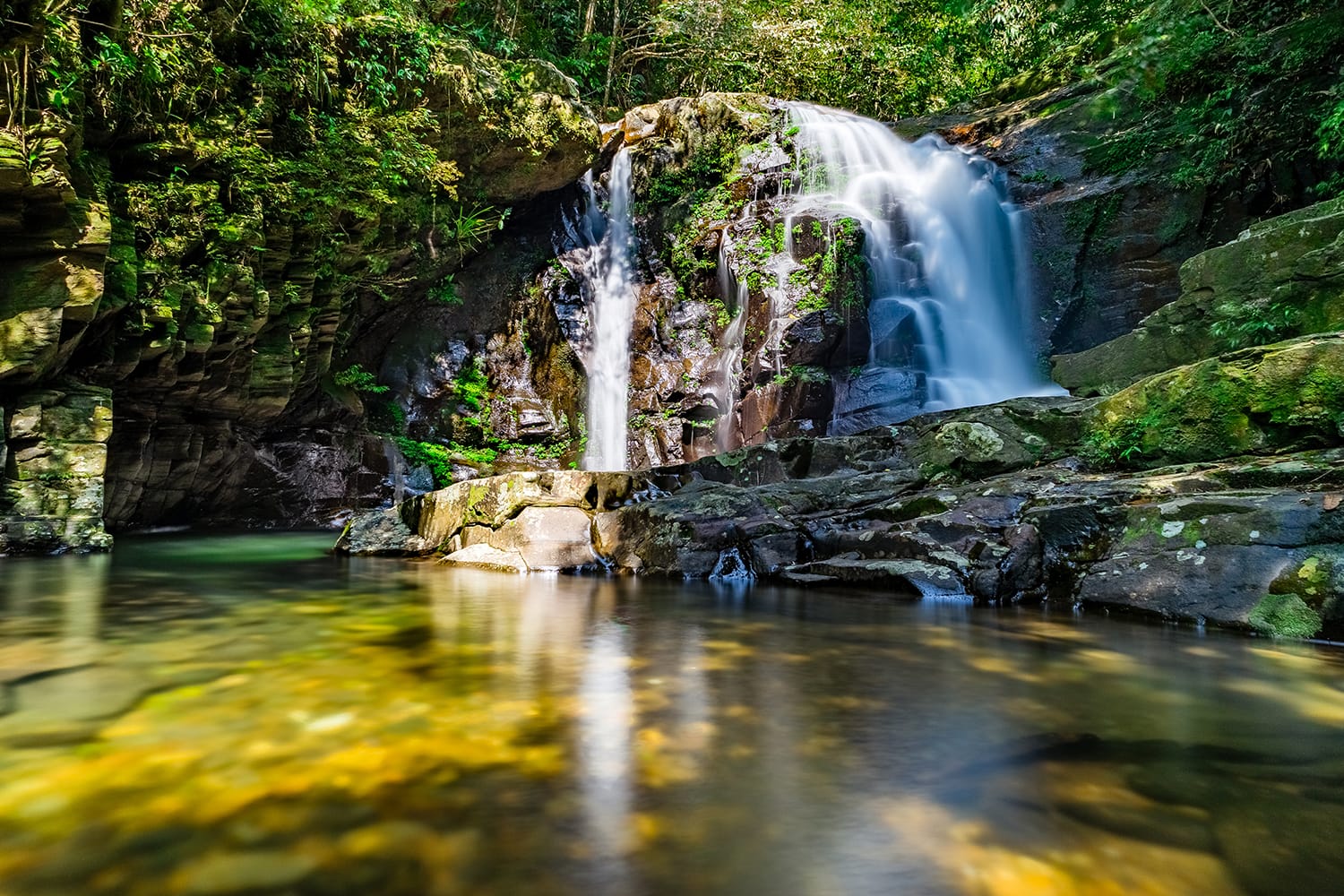
3. Phong Nha Caves
Another great option for a day trip is the caves in the Phong Nha-Ke Bang National Park to the north. Situated along underground rivers, this system of caves runs for kilometers, but visitors to the site are only able to see the shallowest part of it.
The star attraction of this UNESCO World Heritage Site is the Phong Nha Cave, after which the entire area is named. Inside this gigantic cave that spans 7 kilometers, there are all sorts of fascinating rock formations, including stalactites and stalagmites. Visitors can only enter the first 1.5 kilometers into the cave, but even that is enough to see just how ancient this place is. Other popular caves in the national park include the Son Doong Cave and Paradise Cave.
Beyond the caves, there are other things like hiking and mountain biking, but to do those as well will take longer than a day trip.
You can book a full-day Phong Nha Cave tour here.
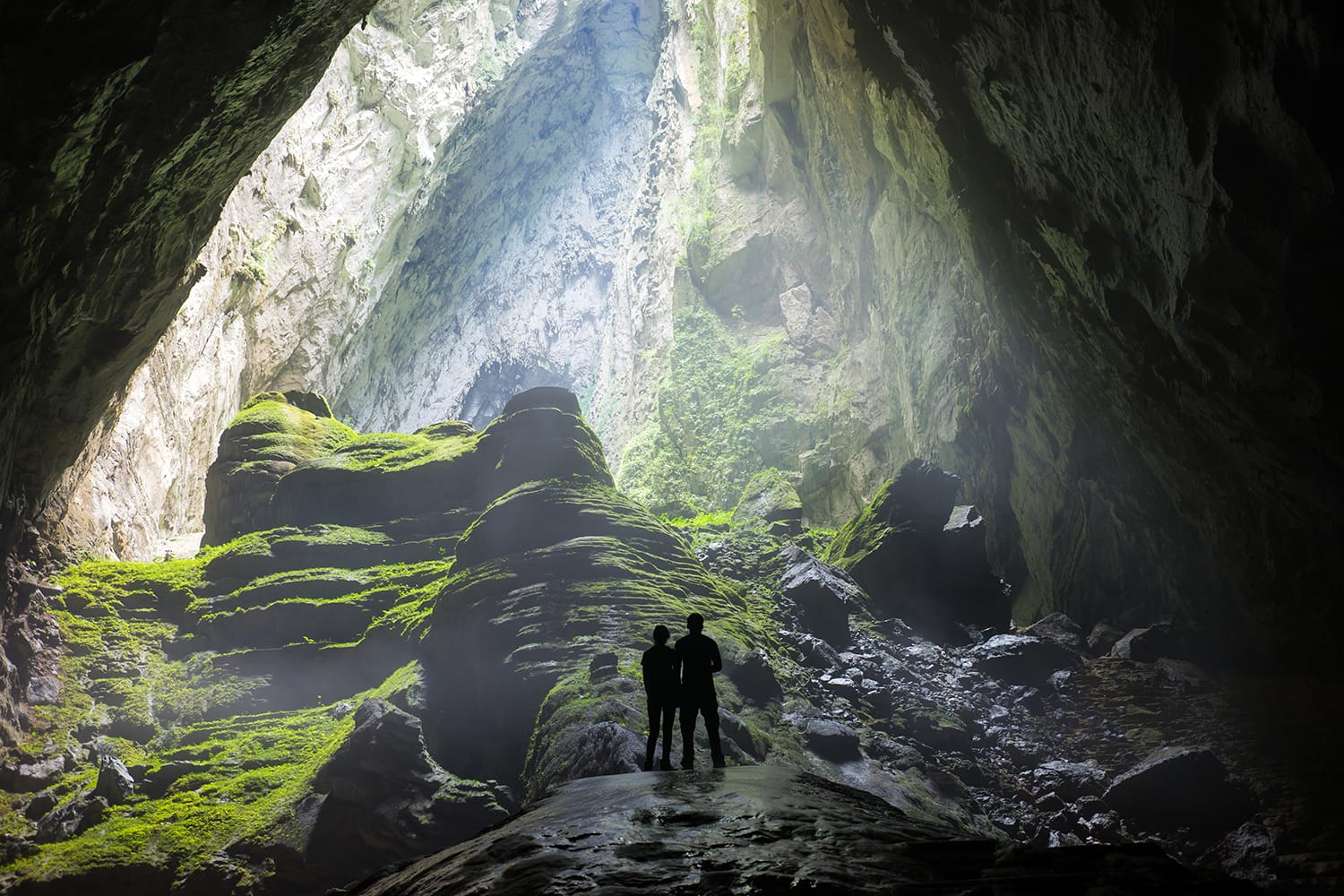
That’s an overview of Hue in a day. If you’re looking for other places to visit in Vietnam, then don’t miss our Hanoi itinerary, Hoi An Itinerary, and Ho Chi Minh City itinerary, or our guide on the best things to do in Hoi An.
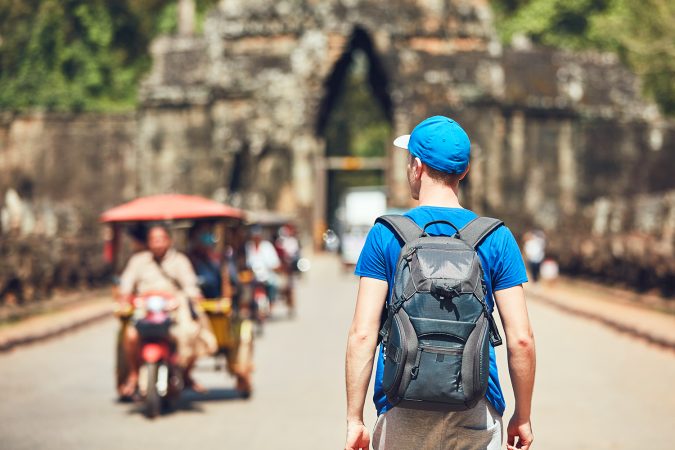
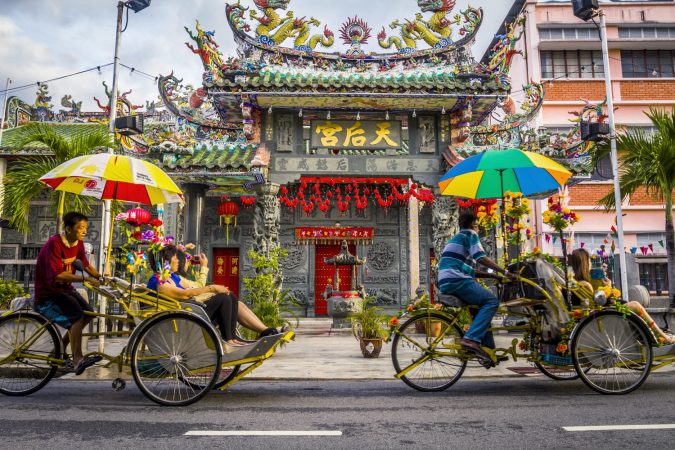
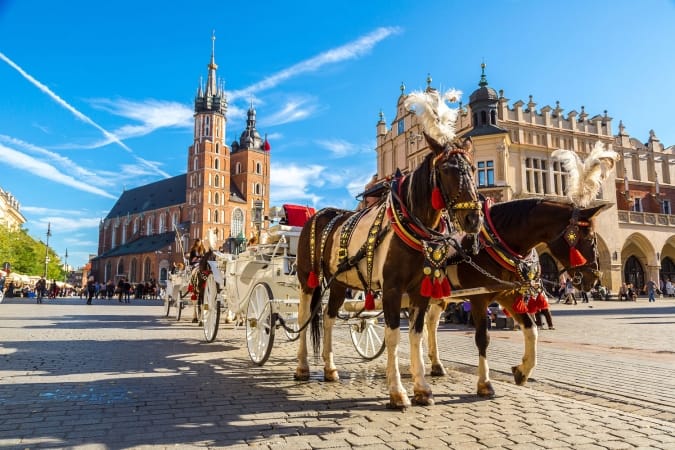
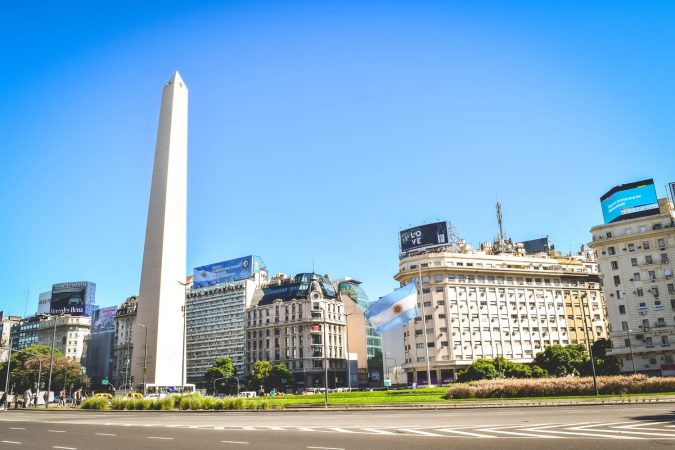
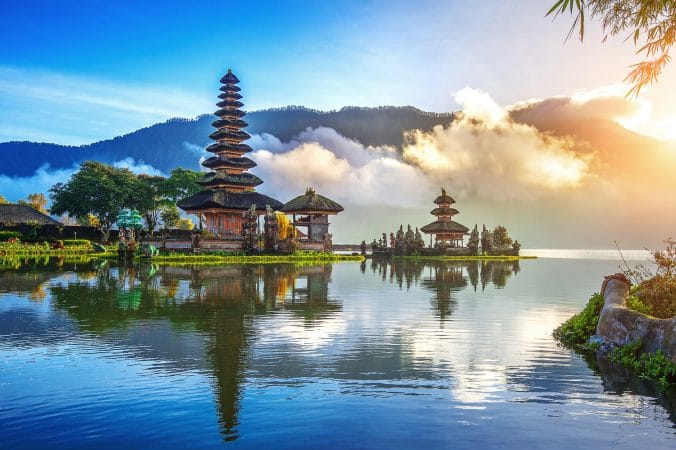


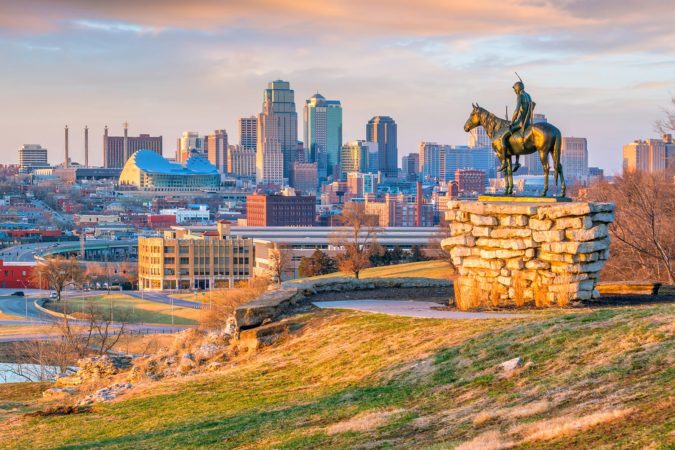
Comments